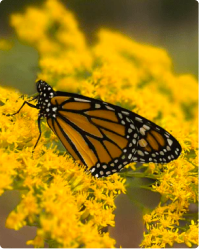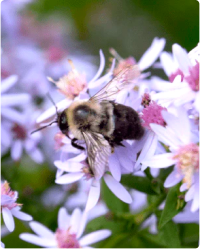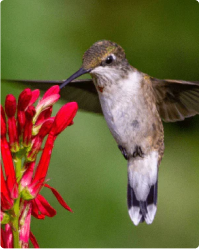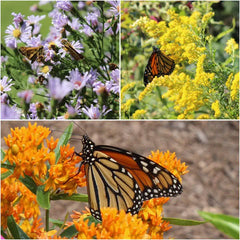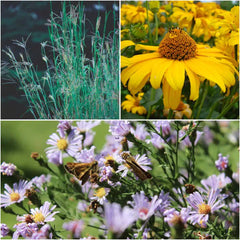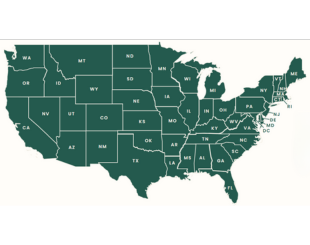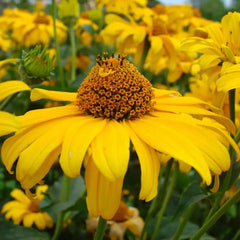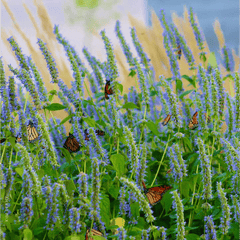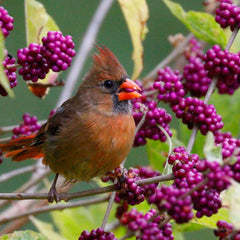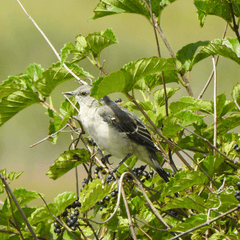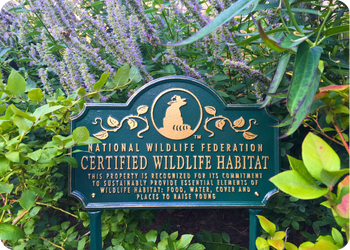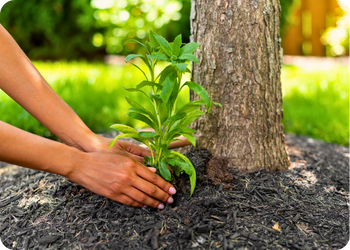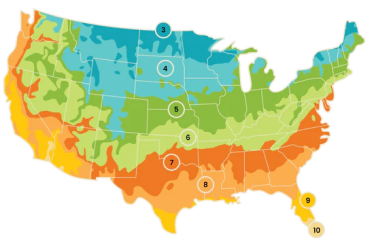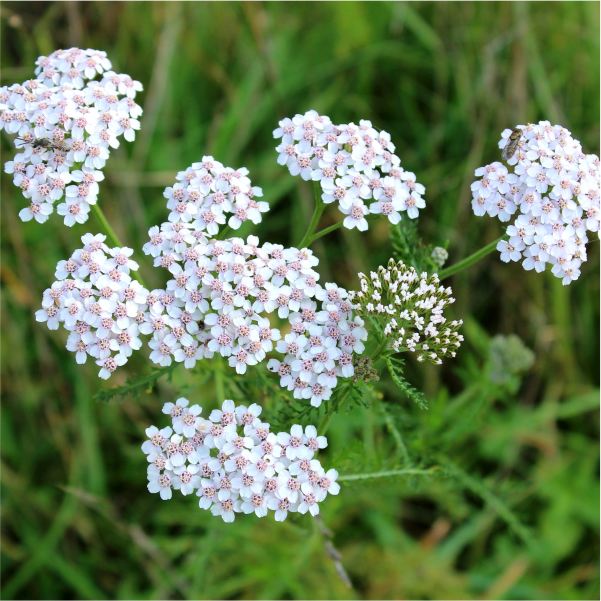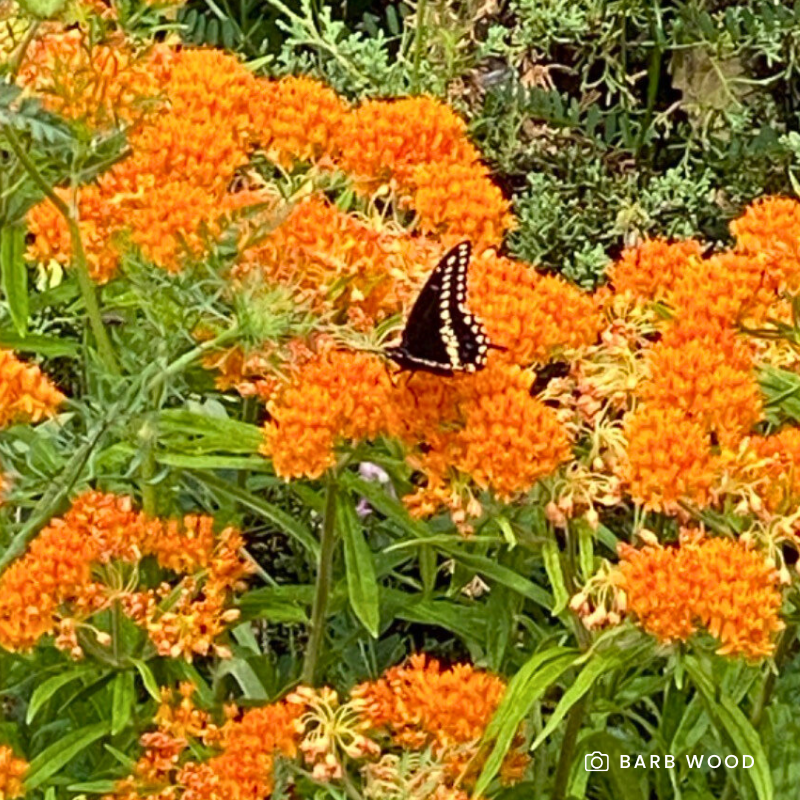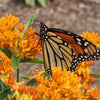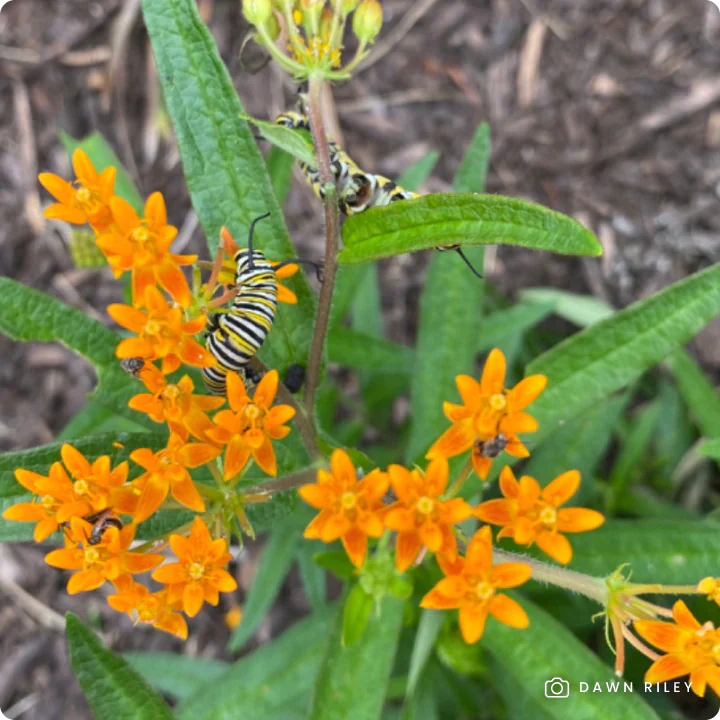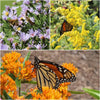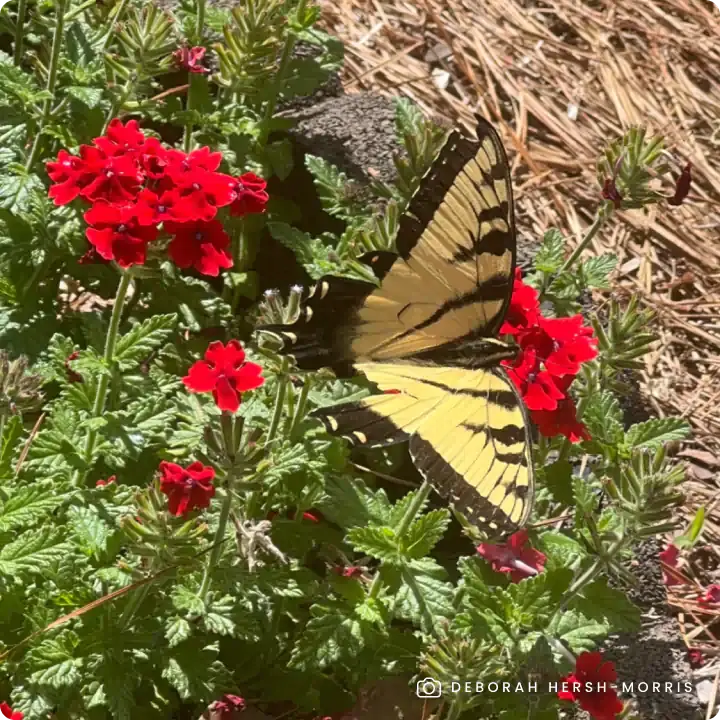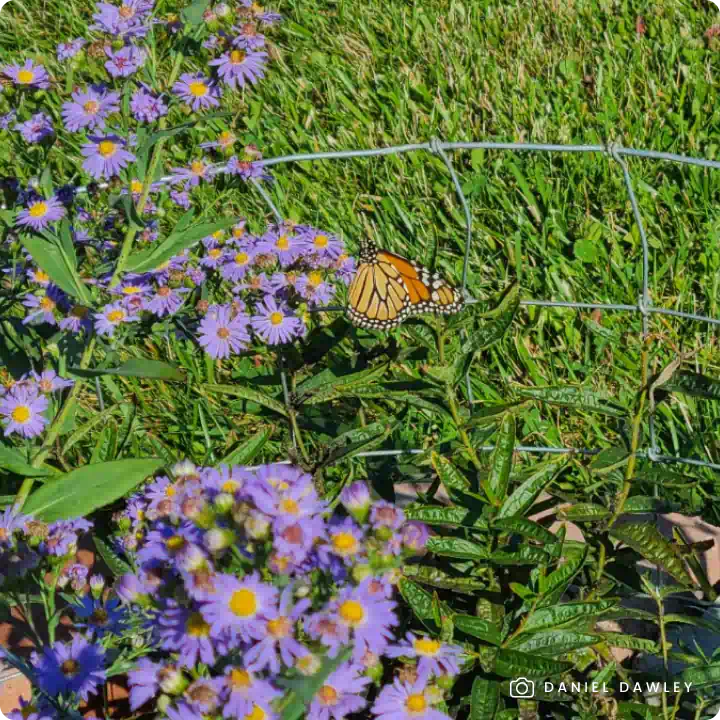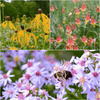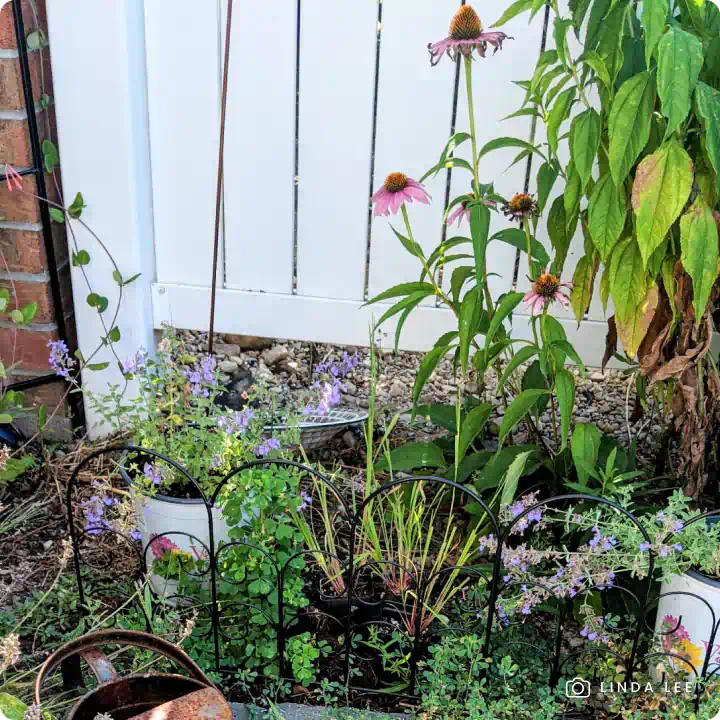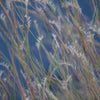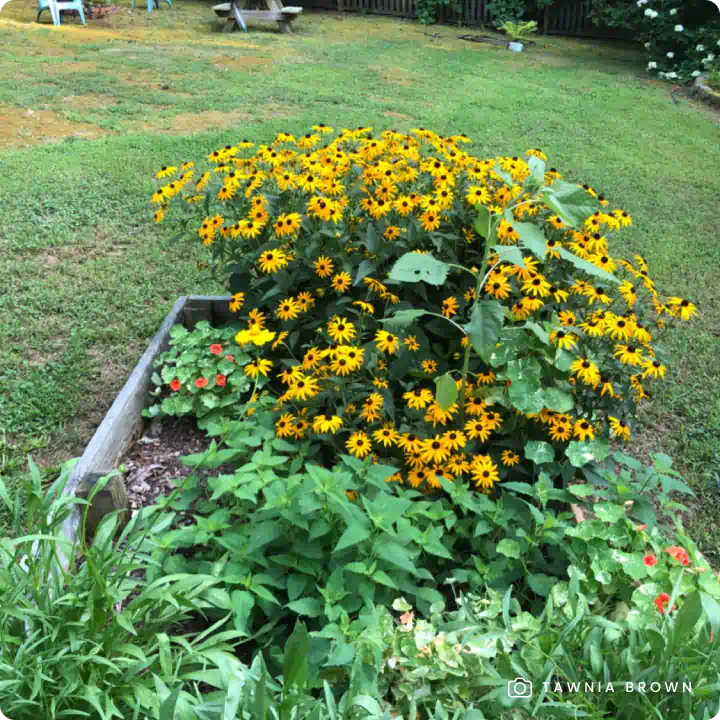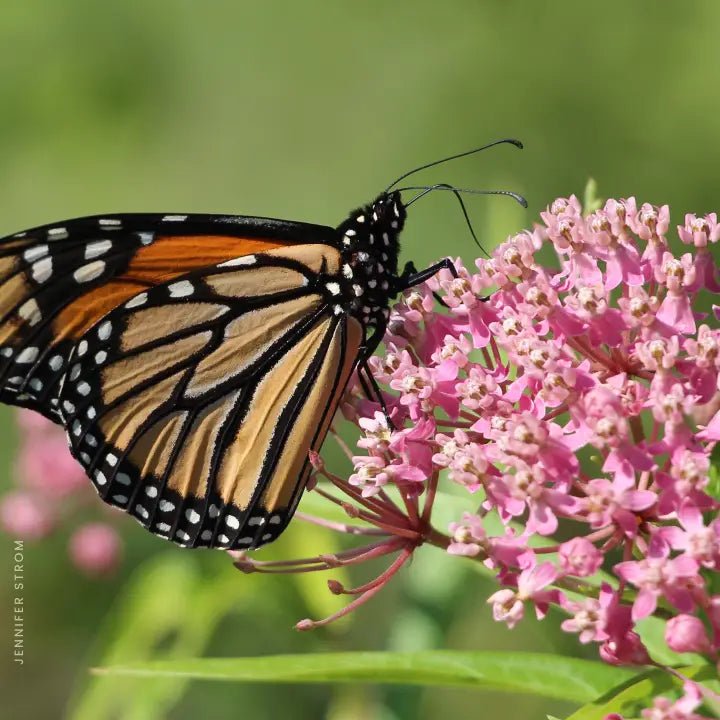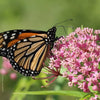The Resilient Roots collection is a thoughtfully curated set of native plants designed to thrive with minimal water once established, offering a beautiful and sustainable solution for water-wise landscaping. This collection features plants known for their low-water needs and ability to provide year-round interest, including a variety of bloom times, colors, and heights.
What's Included:
- Black Sage (Salvia mellifera): An extremely drought-tolerant plant that provides early-season nectar for bees with its pale lavender to white flowers. It also offers evergreen structure for year-round interest.
- Coast Sunflower (Encelia californica): This highly drought-tolerant plant provides cheerful yellow blooms for an extended period, attracting various bees and butterflies. Its bloom time can be nearly year-round in mild climates, typically from late winter to summer.
- Common Yarrow (Achillea millefolium): An extremely tough and drought-tolerant perennial, Common Yarrow provides flat-topped flower clusters that serve as excellent landing pads for small beneficial insects and butterflies. Its white flowers bloom from late spring through fall.
Key Features:
- Drought Tolerant: All plants in this collection are excellent choices for water-wise landscaping, thriving with minimal water once established.
- Continuous Blooms: The collection offers a succession of blooms from late winter through fall, ensuring a steady source of nectar and visual appeal.
- Pollinator Support: This collection attracts a wide variety of bees, butterflies, and other beneficial insects.
- Layered Design: The plants have complementary heights and a mix of flower colors, creating a visually appealing and layered look in your garden.
- Low Maintenance: These plants thrive with minimal care and require less water once established.
- Pollinator-Safe: Grown non-GMO and free of harmful neonicotinoids, promoting a healthy ecosystem for pollinators and wildlife.
Available in collections of nine, 18, or 27 plants to create a thriving pollinator habitat.
Planting Tips:
- Location: Plant in full sun with well-drained soil.
- Watering: Water regularly during the first growing season to establish roots. Once established, these plants require minimal water.
- Maintenance: Minimal care required. There's no need to deadhead the flowers, as allowing them to go to seed provides a valuable food source for birds. Leaving the stems standing in the fall offers overwintering sites for beneficial insects. If desired, cut back the stems in late spring after pollinators have emerged.
For more information on planting, view our How to Plant Your Native Plants guide and other planting tips in the Garden for Wildlife Learning Center.
